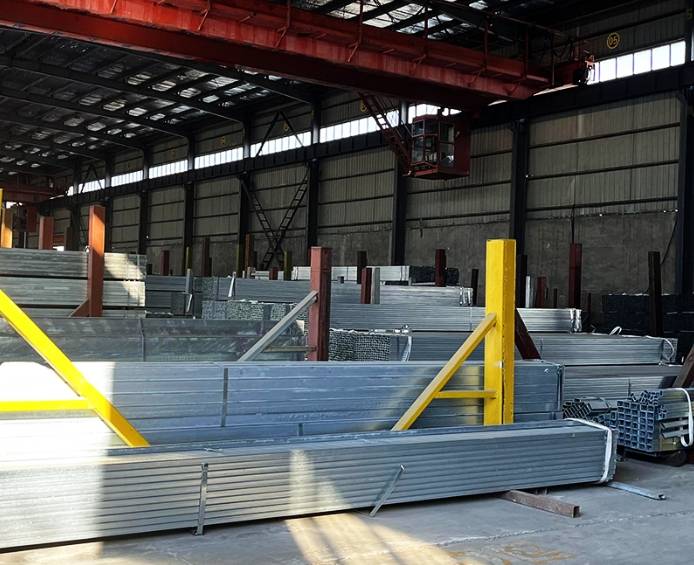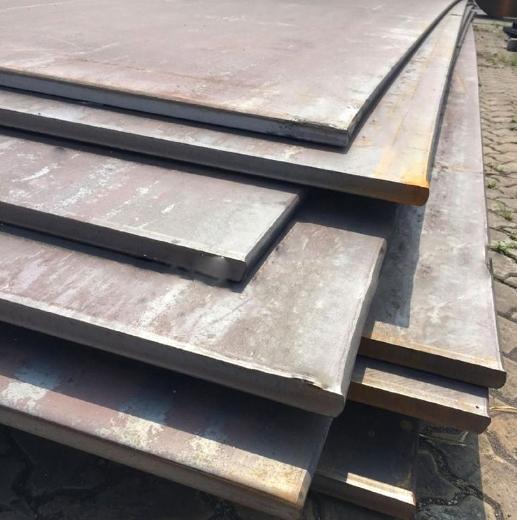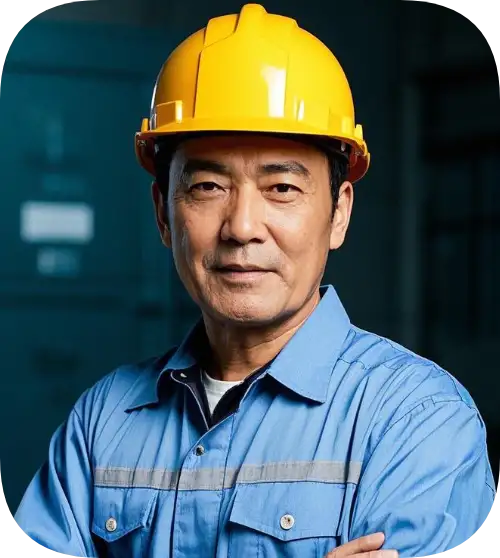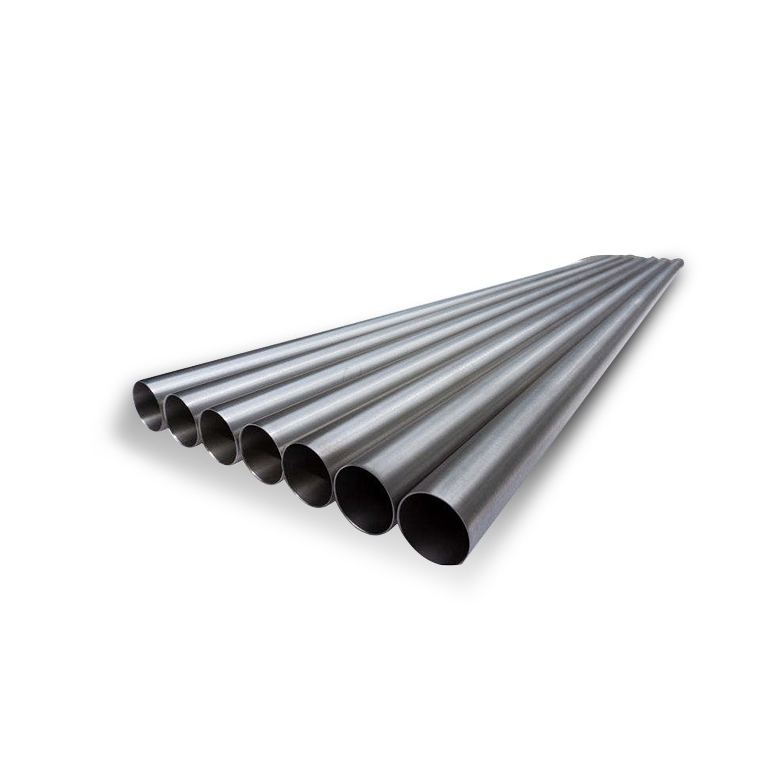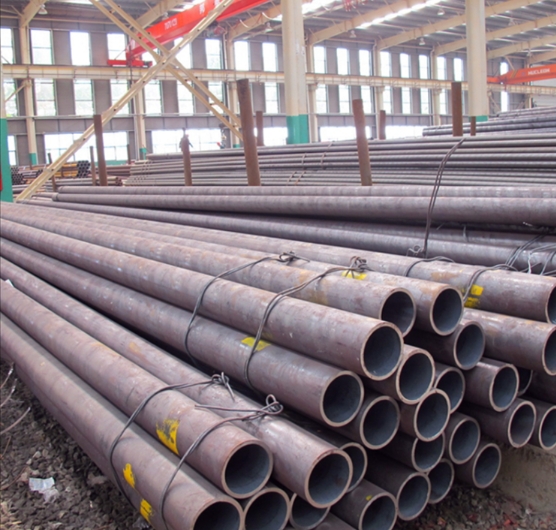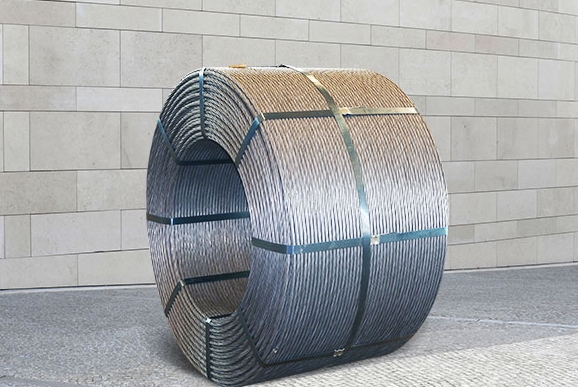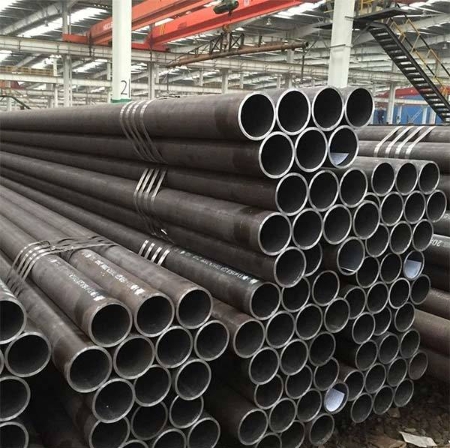The Importance of 1010 Carbon Steel Plate
In manufacturing and construction, choosing the right material is crucial. The 1010 carbon steel plate offers excellent weldability, formability, and cost-effectiveness. However, projects often suffer from misspecified steel grades, leading to rework and delays. This guide solves that by explaining 1010 carbon steel plate’s properties, applications, and selection steps. I’ll even share my own experience using it in a fabrication shop.
What Is 1010 Carbon Steel Plate?
The 1010 carbon steel plate is a low-carbon steel containing approximately 0.10% carbon. Classified under SAE J403, it’s also known as C10 steel plate. Its low carbon content grants high ductility and weldability. In contrast, medium-carbon steels like 1045 have around 0.45% carbon, offering higher strength but lower formability.
Problem: Common Issues Without the Right Plate
Projects using incorrect steel grade face:
-
Cracks in welds due to incompatible metallurgy.
-
Poor formability, leading to part scrap.
-
Excessive material costs from over-specification.
These problems drive up costs. Moreover, delays from part rejection frustrate teams.
Solution: Advantages of 1010 Carbon Steel Plate
-
Exceptional Weldability – 1010 welds easily with standard procedures, reducing defects.
-
High Formability – Ideal for bending and shaping without cracking.
-
Cost-Effective – Lower alloying content makes it cheaper than higher grades.
-
Good Surface Finish – Hot-rolled plates offer uniform texture.
-
Recyclable – Supports sustainable practices.
Case Study: CNC Enclosure vs Structural Frame
| Feature | CNC Enclosure (1010 Plate) | Structural Frame (1045 Plate) |
|---|---|---|
| Weld Quality | Excellent | Fair |
| Bend Radius (min) | 3× thickness | 5× thickness |
| Material Cost ($/ton) | 600 | 750 |
| Lead Time | 2 weeks | 3 weeks |
| Scrap Rate | 2% | 8% |
Analysis: Using 1010 carbon steel plate for the enclosure cut scrap and cost.
First-Person Experience
I once specified 1010 carbon steel plate for an equipment housing. The high ductility allowed tight forming. Consequently, our shop reduced rejects by 50% on that job.
Step-by-Step Guide to Selecting 1010 Carbon Steel Plate
-
Determine Requirements: Evaluate load, environment, and finish needs.
-
Check Material Specs: Confirm carbon content (0.08–0.13% C) per SAE J403.
-
Choose Plate Thickness: Match thickness to formability and strength demands.
-
Select Rolling Method: Hot-rolled for general use; cold-rolled for tight tolerances.
-
Request Mill Test Reports: Verify chemistry and mechanical properties.
-
Order Samples: Test welds and bends before full production.
⚠️ Common Misconceptions
-
“Low-carbon means low strength.”
Fact: 1010 plate’s tensile strength (~350 MPa) suits many applications. -
“It won’t hold threads.”
Fact: 1010 machines and taps well when using proper cutting fluids. -
“Surface is too rough.”
Fact: Cold-rolled 1010 offers smooth finishes if needed.
Balancing Alternatives
| Alternate Material | Pros | Cons |
|---|---|---|
| 1008 Carbon Steel | Even lower carbon, excellent form. | Slightly lower strength. |
| 1020 Carbon Steel | Higher strength (~400 MPa). | Less formable than 1010. |
| Stainless Steel 304 | Superior corrosion resistance. | Higher cost, harder to weld. |
On the other hand, stainless 304 is used where corrosion is critical but costs up significantly.
Implementation Tips
Moreover, always calibrate your brake press when bending 1010 plate. However, if you see micro-cracking, adjust bend radius or try annealing. More importantly, store plates in dry areas to prevent mill scale corrosion.
Conclusion & Checklist
Choosing 1010 carbon steel plate helps projects achieve balance between formability, cost, and performance. Use the following checklist before ordering:
-
Specification Review: Confirm SAE grade and chemical composition.
-
Mechanical Testing: Verify yield and tensile via mill reports.
-
Forming Trials: Test bend radius and machinability on samples.
-
Surface Inspection: Choose hot-rolled or cold-rolled per finish needs.
-
Supplier Audit: Select certified mills with traceable QA.
By following these steps, you’ll ensure the right steel for your application—maximizing quality and minimizing cost.


